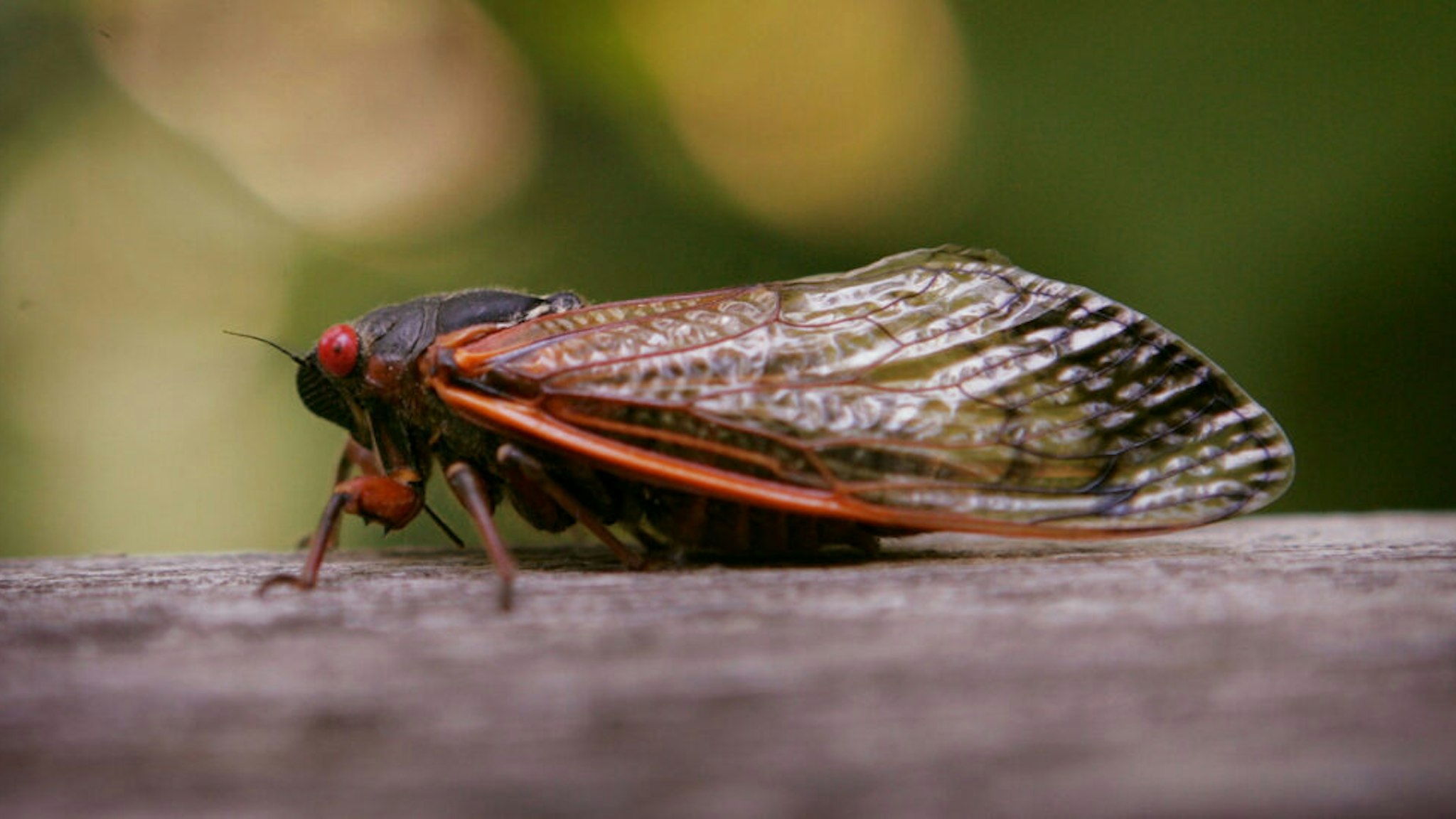In one of nature’s mysteries, 15 states will soon witness the reemergence of Brood X — or the Great Eastern Brood — of periodical cicadas. These “large, winged, kind of scary-looking but mostly harmless flying insects known for their almost deafening buzz” emerge in-unison every 17 years.
Periodical cicadas have “black bodies and bold red eyes,” and spend 17 years lying underground in “wingless nymph form,” feeding on sap. While most cicadas travel as individuals or in small groups after reaching adulthood, periodical cicadas follow a strict schedule.
As reported by Yahoo! News, Howard Russell, an entomologist at Michigan State University, described what to expect.
“The end of May through June, it can get pretty loud — if you are in an area where they are numerous, there can be hundreds of thousands, or millions, of them,” said Russell.
According to the entomologist, the periodical cicadas wait for the “right spring day, when soil temperatures reach 64 degrees Fahrenheit,” after which the nymphs emerge from the surface.
“They climb up on the nearest thing they can find, and molt for the final time,” Russell continued. “At that time they are white — their exoskeleton hasn’t hardened yet. That takes five or six days. Then the adult is ready to look for a mate.”
Just why periodical cicadas emerge every 17 years is a complete mystery, and “No one knows what mechanism they use to trigger their mass emergence,” according to Russell.
Speaking with USA Today, Michael J. Raupp, emeritus professor of entomology at the University of Maryland, said that the “big brood,” once mature, will spend up to four weeks “courting, mating, flying, driving people crazy, being eaten by everything.”
The process will then start again, after the adults lay their eggs in trees. These will hatch 4 to 6 weeks later, with the offspring heading underground to wait until 2038 to emerge again.
Periodical cicadas are best known for their collective noise, with Raupp saying that “cicadas can emit sounds between 80 and 100 decibels, equivalent to a low flying air plane or a lawn mower.”
Brood X is one of many huge groups of periodical cicadas. There are 12 broods which emerge every seven years and three broods which emerge every 13 years. According to USA Today, “Almost every year somewhere in the country, a periodical brood will emerge,” with Brood X — the tenth brood being tracked by experts — due to emerge this spring.
Raupp estimated that there could be as many as 1.5 million cicadas per acre, which would place the total population of Brood X in the trillions.
Brood X, “one of the largest broods of periodical cicadas in the nation,” will emerge in 15 states: Delaware, Georgia, Illinois, Indiana, Kentucky, Maryland, Michigan, North Carolina, New Jersey, New York, Ohio, Pennsylvania, Tennessee, Virginia, West Virginia, and Washington, D.C.

